#hindu myth
Text


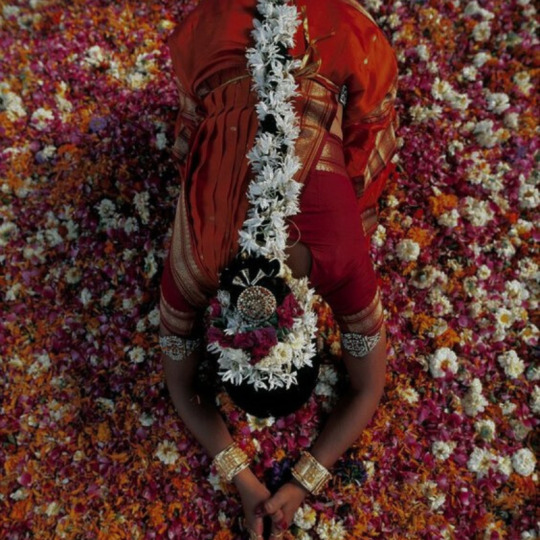


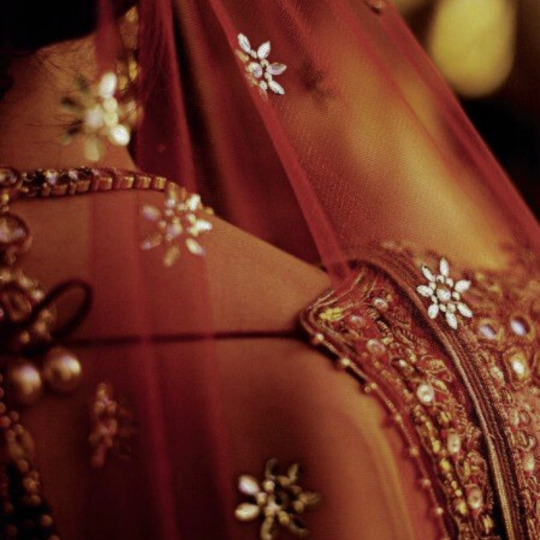

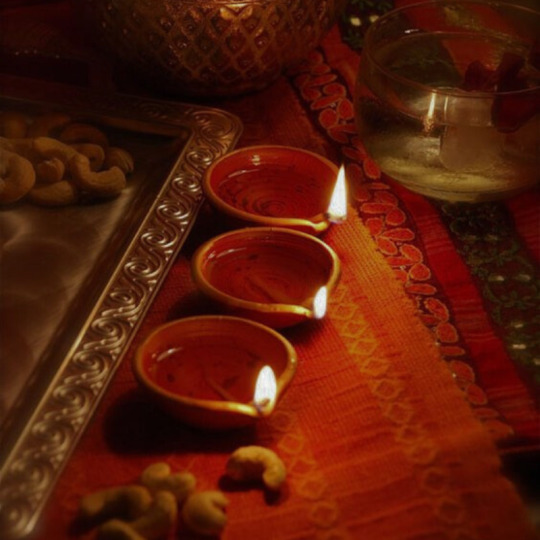

hindu mythology: kamadevi
kamadevi is the devi of love, carnal desire, lust, passion, and sexual pleasure. the hindu scriptures stress rati's beauty and sensuality. they depict her as a maiden who has the power to enchant the deva of love.
277 notes
·
View notes
Photo
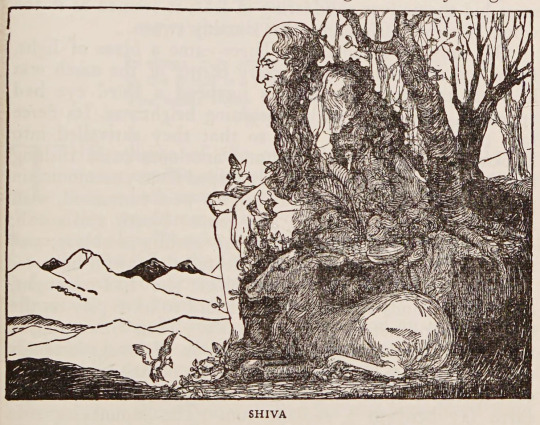
'Shiva', ''The Book of Myths'' by Amy Cruse, 1942
Source
#the book of myths#amy cruse#shiva#shiva and uma#hindu mythology#hindu myth#vintage art#vintage illustration
118 notes
·
View notes
Text
Chapter 2 ON - the Guardian x DMBJ crossover keep going
And getting really big.................
https://archiveofourown.org/works/42048909/chapters/107360664
( @eleganttbarbara says this needs a ‘Love Story’ tag, just in case someone come deluded into thinking it's about something else, this is really about romance. But it’s a Fantasy/Mystery/Adventure too, so... she says it’s a book.)
Probably half of this fic is about Hei-gege being a gremlin with his stupidly-in-love friends (being stupid AND in love, actually).
#guardian x dmbj crossover#guardian fanfic#dmbj fanfic#guardian#zhen hun#dmbj#zhao yunlan#wu xie#liu sang#zhang qiling#xiaoge#zhao yunlan x wu xie#pingsang#rarepair#this is actually not a Hei Xiazi comedy but a Love Story#I swear#hindu myth#shiva#hinduism#hindu mythology#indian cultute
3 notes
·
View notes
Text
In addition to my Monkey Man post from earlier, the always kind & sweet Aparna Verma (author of The Phoenix King, check it out) asked that I do a thread on Hijras, & more of the history around them, South Asia, mythology (because that's my thing), & the positive inclusion of them in Monkey Man which I brought up in my gushing review.
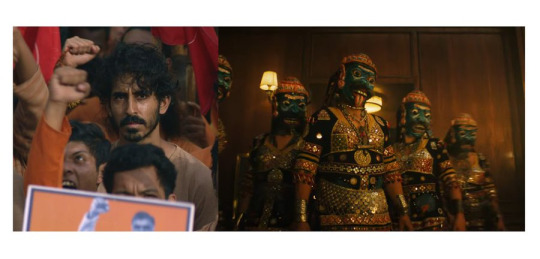
Hijra: They are the transgender, eunuch, or intersex people in India who are officially recognized as the third sex throughout most countries in the Indian subcontinent. The trans community and history in India goes back a long way as being documented and officially recognized - far back as 12th century under the Delhi Sultanate in government records, and further back in our stories in Hinduism. The word itself is a Hindi word that's been roughly translated into English as "eunuch" commonly but it's not exactly accurate.
Hijras have been considered the third sex back in our ancient stories, and by 2014 got official recognition to identify as the third gender (neither male or female) legally. Pakistan, Nepal, Bangladesh, and India have accepted: eunuch, trans, intersex people & granted them the proper identification options on passports and other government official documents.
But let's get into some of the history surrounding the Hijra community (which for the longest time has been nomadic, and a part of India's long, rich, and sometimes, sadly, troubled history of nomadic tribes/people who have suffered a lot over the ages. Hijras and intersex people are mentioned as far back as in the Kama Sutra, as well as in the early writings of Manu Smriti in the 1st century CE (Common Era), specifically said that a third sex can exist if possessing equal male and female seed.
This concept of balancing male/female energies, seed, and halves is seen in two places in South Asian mythos/culture and connected to the Hijra history.
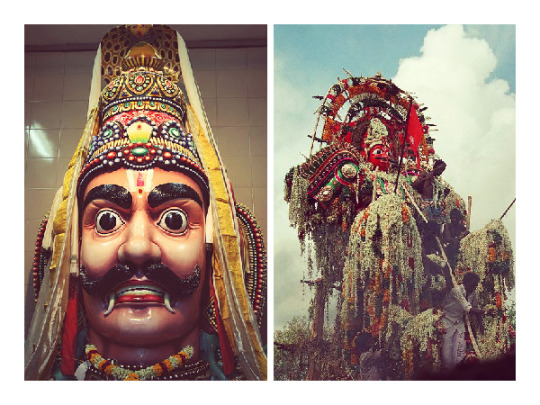
First, we have Aravan/Iravan (romanized) - who is also the patron deity of the transgender community. He is most commonly seen as a minor/village deity and is depicted in the Indian epic Mahabharata. Aravan is portrayed as having a heroic in the story and his self-sacrifice to the goddess Kali earns him a boon.

He requests to be married before his death. But because he is doomed to die so shortly after marriage, no one wants to marry him.
No one except Krishna, who adopts his female form Mohini (one of the legendary temptresses in mythology I've written about before) and marries him. It is through this union of male, and male presenting as female in the female form of Mohini that the seed of the Hijras is said to begun, and why the transgender community often worships Aravan and, another name for the community is Aravani - of/from Aravan.
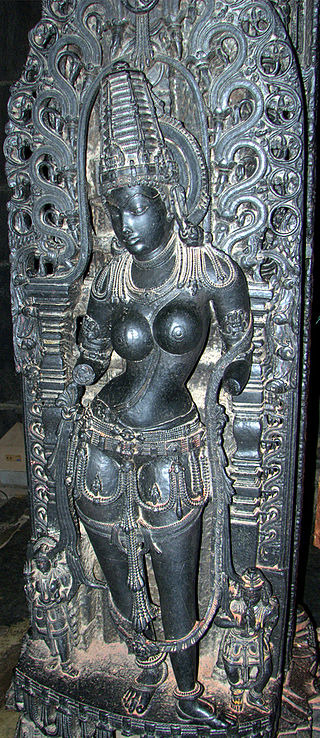
But that's not the only place where a gender non conforming divine representation can be seen. Ardhanarishvara is the half female form of lord Shiva, the destroyer god.
Shiva combines with his consort Parvarti and creates a form that represents the balancing/union between male/female energies and physically as a perfectly split down the middle half-male half-female being. This duality in nature has long been part of South Asian culture, spiritual and philosophical beliefs, and it must be noted the sexuality/gender has often been displayed as fluid in South Asian epics and the stories. It's nothing new.

Many celestial or cosmic level beings have expressed this, and defied modern western limiting beliefs on the ideas of these themes/possibilities/forms of existence.
Ardhanarishvara signifies "totality that lies beyond duality", "bi-unity of male and female in God" and "the bisexuality and therefore the non-duality" of the Supreme Being.
Back to the Hijra community.
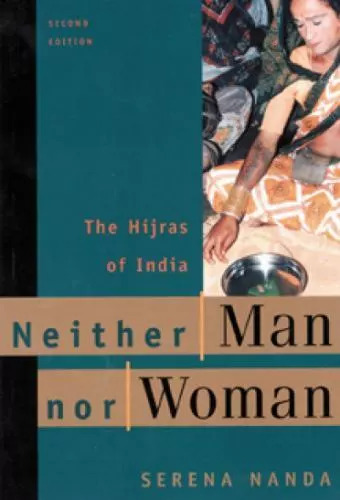
They have a complex and long history. Throughout time, and as commented on in the movie, Monkey Man, the Hijra community has faced ostracization, but also been incorporated into mainstream society there. During the time of the Dehli Sultanate and then later the Mughal Empire, Hijras actually served in the military and as military commanders in some records, they were also servants for wealthy households, manual laborers, political guardians, and it was seen as wise to put women under the protection of Hijras -- they often specifically served as the bodyguards and overseers of harems. A princess might be appointed a Hijra warrior to guard her.

But by the time of British colonialism, anti-Hijra laws began to come in place folded into laws against the many nomadic tribes of India (also shown in part in Monkey Man with Kid (portrayed by Dev Patel) and his family, who are possibly
one of those nomadic tribes that participated in early theater - sadly by caste often treated horribly and relegated to only the performing arts to make money (this is a guess based on the village play they were performing as no other details were given about his family).
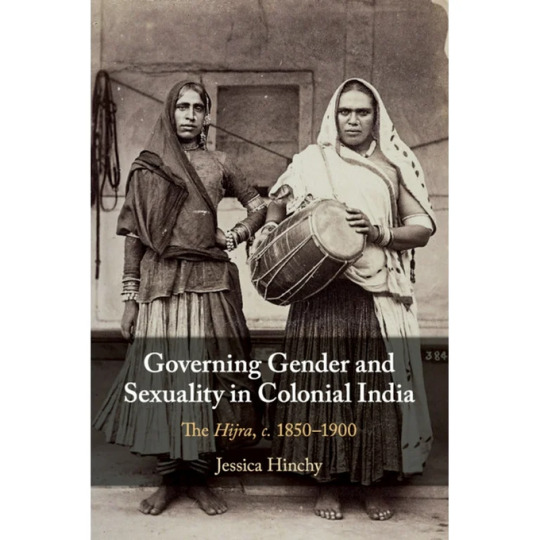
Hijras were criminalized in 1861 by the Indian Penal Code enforced by the British and were labeled specifically as "The Hijra Problem" -- leading to an anti-Hijra campaign across the subcontinent with following laws being enacted: punishing the practices of the Hijra community, and outlawing castration (something many Hijra did to themselves). Though, it should be noted many of the laws were rarely enforced by local Indian officials/officers. But, the British made a point to further the laws against them by later adding the Criminal Tribes Act in 1871, which targeted the Hijra community along with the other nomadic Indian tribes - it subjected them to registration, tracking/monitoring, stripping them of children, and their ability to sequester themselves in their nomadic lifestyle away from the British Colonial Rule.
Today, things have changed and Hijras are being seen once again in a more positive light (though not always and this is something Monkey Man balances by what's happened to the community in a few scenes, and the heroic return/scene with Dev and his warriors). All-hijra communities exist and sort of mirror the western concept of "found families" where they are safe haven/welcoming place trans folks and those identifying as intersex.
These communities also have their own secret language known as Hijra Farsi, which is loosely based on Hindi, but consists of a unique vocabulary of at least 1,000 words.
As noted above, in 2014, the trans community received more legal rights.
Specifically: In April 2014, Justice K. S. Radhakrishnan declared transgender to be the third gender in Indian law in National Legal Services Authority v. Union of India.
Hijras, Eunuchs, apart from binary gender, be treated as "third gender" for the purpose of safeguarding their rights under Part III of our Constitution and the laws made by the Parliament and the State Legislature. Transgender persons' right to decide their self-identified gender is also upheld and the Centre and State Governments are directed to grant legal recognition of their gender identity such as male, female or as third gender.
I've included some screenshots of (some, not all, and certainly not the only/definitive reads) books people can check out about SOME of the history. Not all again. This goes back ages and even our celestial beings/creatures have/do display gender non conforming ways.
There are also films that touch on Hijra history and life. But in regards to Monkey Man, which is what started this thread particularly and being asked to comment - it is a film that positively portrayed India's third sex and normalized it in its depiction. Kid the protagonist encounters a found family of Hijras at one point in the story (no spoilers for plot) and his interactions/acceptance, living with them is just normal. There's no explaining, justifying, anything to/for the audience. It simply is. And, it's a beautiful arc of the story of Kid finding himself in their care/company.
#hijra#trans representation#monkey man#dev patel#transgender#trans rights#trans rights are human rights#third sex#indian history#indian culture#colonialism#imperialism#south Asian mythos#South Asian myths#Aravan#Iravan#Mahabharata#hindu mythology#hindu gods#kali goddess#krishna#hindu mythology art#Ardhanarishvara#Shiva#Parvarti#sexuality#gender fluid#fluid sexuality#trans community#transgender rights
218 notes
·
View notes
Text


Nandi
#mythology art#art#hindu mythology#hindu myths#hindu gods#hindu deities#nandi#hindu art#hinduism#hindu#hindublr#desiblr#desi tumblr#desiposting#desi tag
135 notes
·
View notes
Text
Phemonoe, the Pythian priestess on why the Delphic oracle has grown silent:
"...or perhaps Apollo, determined to exclude the guilty from his shrine finds none in this age worthy of opening his closed lips."
- Lucan, Pharsalia (Trans. A. S. Kline)
...
Internal screaming
#Apollo#Phemonoe#Pythia#guys this has changed something in me#Gods not interacting with the humans anymore in this age because of the corrupt nature of humanity#is something that's common in my religion too#(well the myths of my religion to be specific)#not that I'm too religious#but it's cool to see similar concepts in Greek mythology and Hindu mythology#especially since they're often quite different from each other conceptually#Apollo info#mine#Lucan
146 notes
·
View notes
Text
good god my obsession with infidelity is becoming a little bit concerning but hot women (so like all women) cheating on their mid-ass boyfriends/husbands with either their homoerotic girl best friend or "the other woman" in their relationship (who they used to scorn as cheap and a homewrecker as a scapegoat for the boyfriend's ungratefulness) ESPECIALLY in historical settings will always be a top tier trope for me and i will never not eat it up
#i do not condone cheating irl ftr#it is possibly my favourite trope ever after childhood best friends (to strangers/enemies) to lovers#what can i say i do not care about men. i love using them as pawns for adding angst to my toxic yuri and nothing else#faberry#cazzie#we are never ever getting back together#sophie gonzales#ashra#<- they're from my wip btw#kannagi x madhavi#kashi x mastani#tina x anjali#tinjali#brittana#gini#addybeth#kunti x madri#ignore these tags as they get progressively more unhinged please i swear im fine#but like all those hindu myths where the king had a zillion wives?? the POTENTIAL#vauseman#annaleve#avalouise#bhagiratha's moms (?)#we set the dark on fire#tehlor kay mejia
95 notes
·
View notes
Text
Other avatars of Vishnu: 💀💣💥⚡🔫🗡
Krishna: 😇🤡💅🌸🎶🎉
#this was funny in my head#trust me#look at it with my vision#you found it funny?#yes? mwah <3#no? die :/#hindu mythology#krishna#incorrect mahabharat#incorrect mythology#incorrect quotes#incorrect hindu mythology#hindu myth memes#mythology memes#hindu gods#vishnu#ramayan#mahabharat#desiblr
340 notes
·
View notes
Text
Apollo: If I fall…
Surya: I’ll be there to catch you.
Lugh: *looks at Sol* What if I fall?
Sol: Then I’ll fall with you, never leaving your side.
Huitzilopochtli: *watches these two interactions*
Huitzilopochtli, to Ra: And if I fall?
Ra: I’ll be the one who pushed you.
#mod a#mod m is posting it cuz mod a is unable to access this account yet#ra and huit are frenemies shut up#incorrect mythology quotes#incorrect quotes#incorrect myths#incorrect mythology#incorrect greek mythology#greek mythology#greek gods#apollo#hindu mythology#hindu gods#surya#incorrect celtic mythology#celtic mythology#celtic gods#lugh#incorrect norse mythology#norse mythology#norse gods#sol#aztec mythology#aztec gods#huitzilopochtli#egyptian mythology#egyptian gods#ra
70 notes
·
View notes
Text
Shikhandi: The Gender-Defying Hero of the Mahabharata
Hindu philosophy holds a simple yet profound belief: within each person resides an everlasting atman (spirit or soul) that exists independently from the physical body, surpassing characteristics such as race, gender, and sexual orientation. Stemming from a common divine origin, every atman forms a spiritual kinship, deserving of love, reverence, and fair treatment.
In the epic Mahabharata, there is a captivating tale that revolves around Bhishma's commitment to celibacy, which leads to a grand swayamvara (a ceremony or event where a bride chooses her husband from a gathering of suitors). This ceremony is where Amba, Ambika, and Ambalika are given the opportunity to choose their life partners. However, Bhishma's interference in Amba's love life sets off a series of events that ultimately culminate in her tragic destiny.
Amba's heartbreak is twofold - first, her intended husband Shalva rejects her, and then Bhishma, bound by his vow of celibacy, refuses to marry her. This leaves Amba in a state of despair, fueling her desire for revenge against Bhishma. Determined to seek justice, she pleads to the mighty god Shiva for assistance in her quest to end Bhishma's life. Miraculously, Shiva grants her wish, but tragically, Amba chooses to take her own life to expedite her ultimate goal.
There are various versions of the next part of the tale. According to certain narratives, Amba is born as the daughter of King Drupada. Upon learning from Shiva that she will eventually undergo a transformation into a man, Drupada names her Shikhandi and raises her as a boy. In this particular version, a formidable entity residing in the forest indeed bestows upon her the transformation into a man. However, in alternative accounts, Shikhandi is born as a male but develops a trans-identity due to Shiva granting them the ability to recollect their previous life.
As the Mahabharata unfolds, Shikhandi emerges as a formidable warrior who defies societal expectations of gender. Their participation in the battle of Kurukshetra serves as a powerful symbol of authenticity, challenging the conventional gender roles imposed on individuals. Shikhandi's strength goes beyond mere physical abilities; it stands as a testament to the immense power that comes from embracing one's true identity.
Shikhandi's character is truly captivating because of their personal quest for self-discovery. They challenge societal expectations of gender and proudly embrace a non-binary identity. This exploration of identity is a key theme, showcasing the intricate and ever-changing nature of being human.
As we come to the end of our journey through Shikhandi's story in the Mahabharata, we honor a figure whose legacy surpasses time, defies conventions, and forever marks the intricate fabric of mythology. Shikhandi, the ageless fighter, still instills bravery and self-exploration in the souls of those who come across their legend.
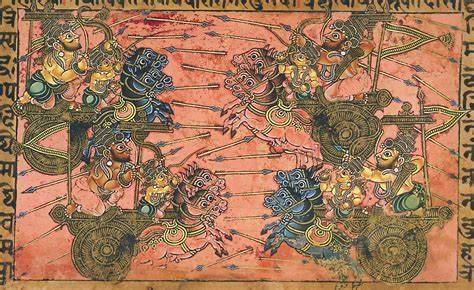

#mahabharata#shikhandi#indian mythology#lord shiva#gender identity#queerness#hindu mythology#curse#myth#myth stories#nonbinary#brave
47 notes
·
View notes
Photo
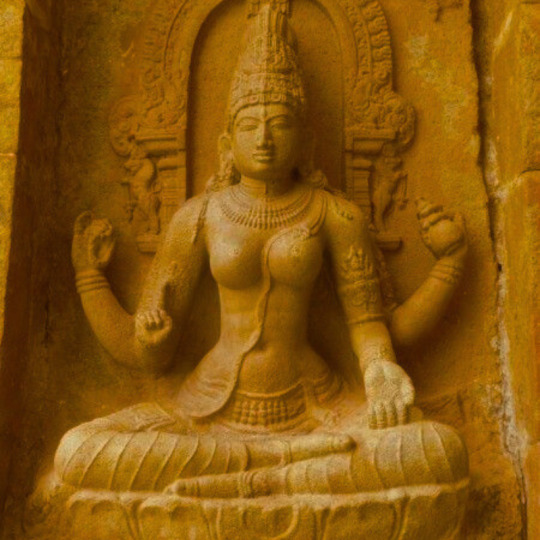



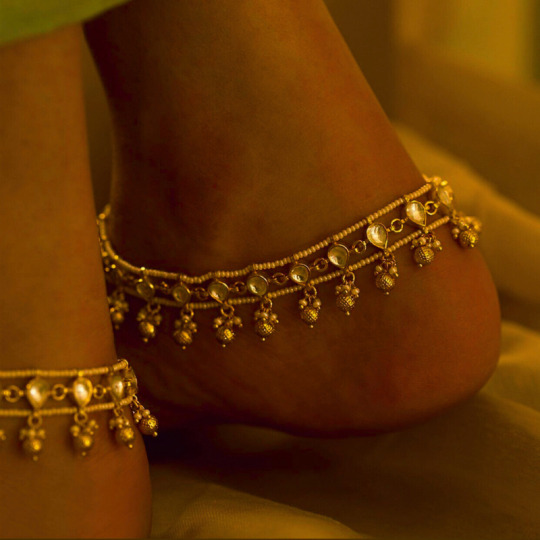
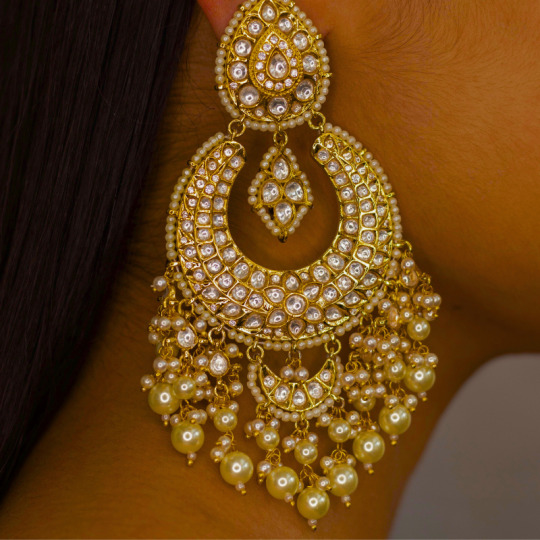



hindu mythology: sarawati, laxmi & parvati
saraswati is a hindu goddess who represents education, creativity, and music. laxmi is the goddess of wealth, good fortune, youth, and beauty. parvati is the archetypal mother goddess and fertility image. they are known as the tridevi, which are a trinity of supreme divinity.
246 notes
·
View notes
Text


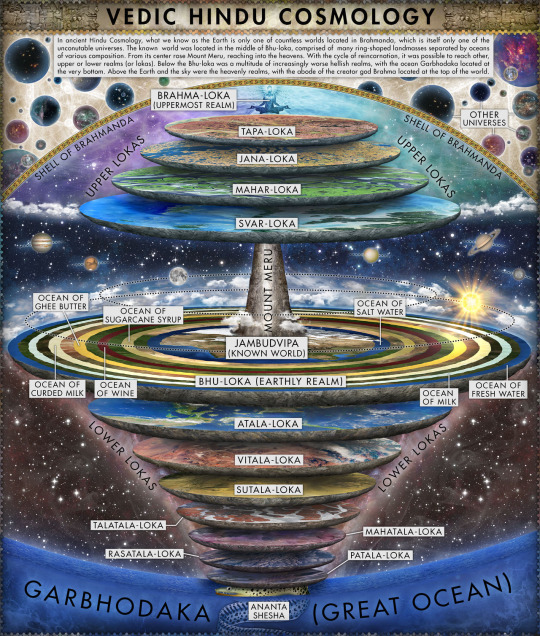

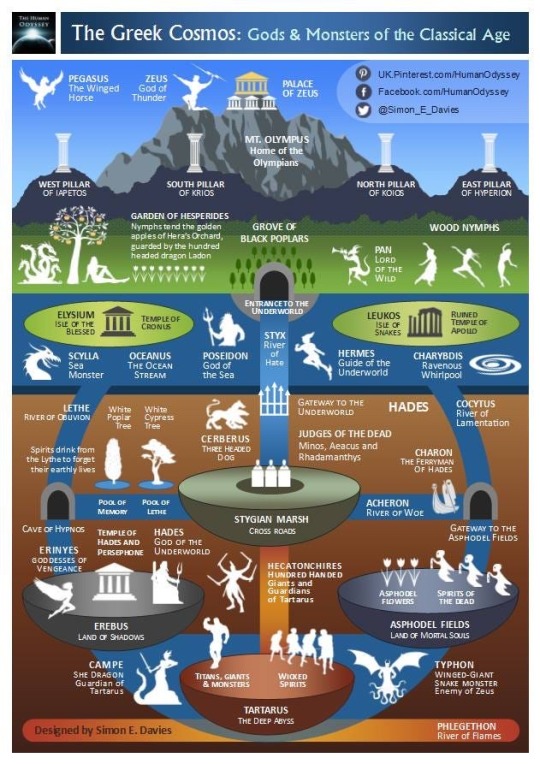

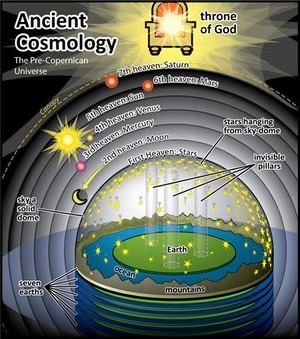
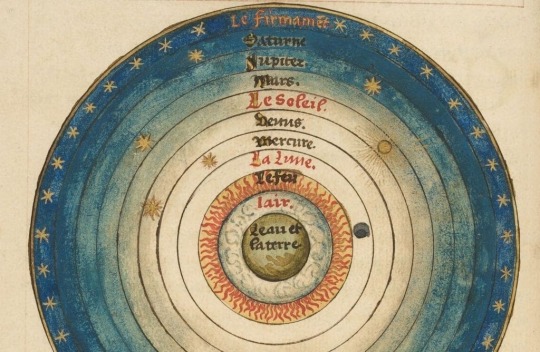


Cosmology
Both ancient and modern.
#Sumerian#Egyptian#Hindu#Hebrew#Greek#Norse#Islam#Scholastic#the Big Bang#the known Universe#cosmology#ancient cosmology#modern cosmology#religion#myth#mythology#science#Sumerian Cosmology#Egyptian Cosmology#Hindu Cosmology#Hebrew Cosmology#Greek Cosmology#Norse Cosmology#Islamic Cosmology#Pre-Copernican Cosmology#Scholastic Cosmology#scientific Cosmology
34 notes
·
View notes
Photo
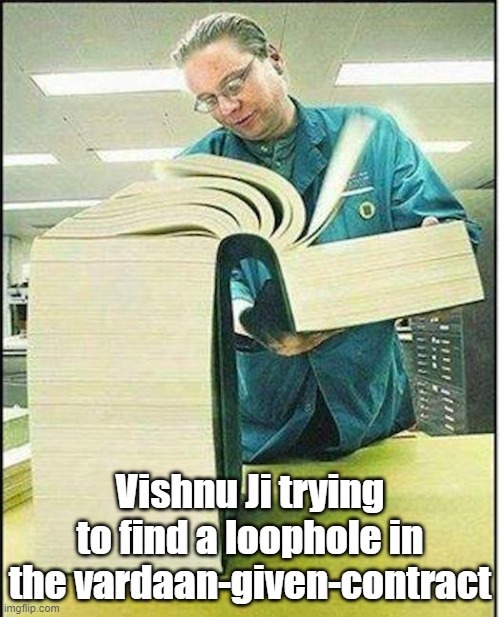
219 notes
·
View notes
Text
Midgardian kids' in generals to reaction to several deities for the first time in person in MCU
Thor : ' OMG he is SO COOL and SO HANDSOME. He looks like a Nordic surfing dude and he is a FRIEND OF IRON MAN AND HE CAN LITERALLY CONTROL THUNDER AND LIGHTNING AND - '
Zeus : Is this the guy who ends up having a 100 kids and can shoot lightning like Thor does?!
Apollo : * wearing shades and taking out parasols * He's.....BEAUTIFUL....
Sigyn and Persephone : OMG they are so beautiful they are like fairy princesses ans Queens in the fairytales and -
Loki and Hades : AAAAAAAHH HELP! THEY ARE SO MENACING AND THEY ARE OFTEN WITH THOSE BIG CAPES! HELP!!!
Artemis : OMG she is a total KWEEN BOSS. WE LOVE HER. SHE IS THIS AMAZONIAN HUNTRESS KWEEN AND I LOVE HER LUNAR GLOW AND
Sif : OMG she is so cool and a bit scary at first Yet SUPER COOL. She's like an Amazon Warrior woman yet in Norse version and WE LOVE HER ARMORS AND -
Isis :
Some other kids - Is this the one with wings?
Egyptian kids - * kowtowing and kneeling * OH MIGHT ISIS! WE BOW BEFORE THY MAGNIFICENT PRESENCE!!!!
Anahita ( Persian Goddess of Water ) :
Some other kids - Is this one of those goddesses that can control water?
Iranic kids - * intense fan boying/fan Girling mode and praying in Iranic languages *
Parvati ( Hindu Goddess of Love ) :
Some other kids - Is this the one with lotuses....?
South Asian kids - * intense screaming, fan boying/Girling, praying and scuffle to hug her first ( before Pavarati graciously told them to line up for free hugs. Bless )
Bonus
Kamala and her South Asian friends : * literally similar reaction as above AND Kamala on the verge of hyperventilating *
Sun Wu Kong ( a ' Great Sage ' in Jade Heavens and a magical monkey spirit, who is famous for being amongst those who accompanied Tan Sanzang to a pilgrimage to India in Journey to the West ) :
Some other kids - That's the monkey with kung fu skills, right? RIGHT?! 🤩🤩🤩🤩
Chinese kids - * absolutely LOST IT - SCREAMING, ON THE VERGE OF FAINTING, BAWLING ALL FIGHTING TO HUG WUKONG FIRST, before Wu Kong just laughed graciously and encouraged the kids to line up for free hugs. Bless *
Bonus
Shang Chi and his Chinese friends : * similar reaction as above and Shang Chi is on the verge of fainting from excitement and joy *
🤩🤩🤩🤩🤩
#chinese myths#greek myths#norse myths#logyn#hades x persephone#thor#sif#anahita#parvati#sun wukong#hindu myths#persian myths#isis goddess#egyptian myths
18 notes
·
View notes
Text
Underrated af Hindu deities that DESERVE recognition:
1. Pratyangira: Goddess of magical spells.
2. Narasimhi: Goddess of magical spells and black magic.
3. Aranyani: Goddess of forests.
4. Yami: Goddess of death and sister of Yama.
5. Pushan: God of marriage, travelling, roads and feeding cattle.
6. Varuni: Goddess of wine.
7. Kamakhya: Goddess of desire.
8. Ratri: Goddess of night.
9. Nasatya and Dasra (Ashwins): Twin gods of medicine.
10. Annapurna: Goddess of food and nourishment.
11. Shakambhari: Goddess of vegetation.
12. Mariamman: Goddess of rain.
13. Shitala: Goddess of cold and disease.
14. Dhata: God of health and magic.
15. Vishwakarma: God of architecture.
16. Skanda: God of war.
17. Shani: God of karma and justice.
18. Manasa: Goddess of snakes and fertility.
19. Kubera: God of wealth.
20. Nidra: Goddess of sleep.
21. Chamunda: Goddess of war, famine and fear.
22. Akhilandeshwari: The Cosmic Egg, she who is never not broken, Goddess of brokenness.
23. Dhumavati: The Widow Goddess.
24. Chitragupta: God of justice.
25. Murugun: God of war, victory and knowledge.
26. Jyestha: Goddess of laziness and elder sister of Lakshmi.
27. Alakshmi: Goddess of misfortune and twin sister of Lakshmi.
28. Amsha and Vivasan: Solar deities.
29. Dantakali: Goddess of teeth.
30. Himavat: God of the Himalayas.
31. Samudra: God of seas and oceans.
32. Dyaus: God of sky.
33. Tapati: Sun Goddess.
34. Rohini: Moon Goddess and one of the Nakshatra deities.
35. Pramatha: God of ghosts...? (sources unclear)
36. Shachi: Goddess of jealousy.
37. Jara: Goddess of old age and daughter of death.
38. Mara: Goddess of death.
39. Chhaya: Goddess of shadows.
40. Ushas: Goddess of dawn.
41. Sanjna/Sandhya: Goddess of dusk, clouds and chastity, sister of Kama.
42: Bhramari: Goddess of bees.
43: Bankamundi: Goddess of hunting and fertility.
44: Bhadra: God of hunting.
45. Rundas: God of hunting and fortune.
46. Vasanta: God of spring and flowers.
47. Savitr: Solar deity, mostly of sunsets and sunrises. Also god of motion.
48. Anila: God of cosmic elements.
49. Danu: Goddess of (primordial) waters.
50. Revanta: God of hunting, horses and warriors.
51. Bahuchara: Goddess of chastity and fertility.
52. Rati: Goddess of love, desire and passion.
53: Kanyakumari: Goddess of chastity.
54. Nirrti: Goddess of death, decay and sorrow.
55: Kotravai: Goddess of war and victory.
56: Vac: Goddess of speech.
57: Sarama: Attendent goddess of dogs (not that sure)
58: Karni: Goddess of power, victory and mice.
59. Asvajayu: Goddess of fortune, joy, good luck and happiness.
60. Dhisana: Goddess of prosperity.
61. Mohini: Goddess of enchantment.
62. Lajja Gauri: Goddess of abundance, fertility and sexuality.
63. Shashthi: Goddess of vegetation and reproduction (also benefactor and protector of children).
64. Anumati: Moon goddess of spirituality.
65. Poleramma: Goddess of plague and smallpox.
66. Phul: Goddess of disease.
67. Santoshi: Goddess of satisfaction.
68. Tara: Goddess of felicity and optimism (she is different from Tara, who is a Mahavidya, a tantric form of Parvati).
69. Oladevi: Goddess of cholera.
70. Apam Napat: God of water.
71. Bhaga: God of wealth.
72. Vinayaki: Elephant-headed Goddess of wisdom
73. Chelamma: A Scorpion Goddess
74. Saranyu: Goddess of clouds.
#reblog if you know more#hindu mythology#hinduism#sanatandharma#sanatan dharma#hindu#hindu gods#hindu deities#hindu myths#hindublr#desiblr#desi tumblr#desi tag#hindudeity
405 notes
·
View notes
Text
I don't know if this is a weird question to ask, but are there any Hindus who believe that the deities are all distinct from each other? As in not just different manifestations of the same Ultimate Reality? Cause I think I like the idea of a bunch of flawed, squabbling beings who are all distinct from each other more than the idea of them all just being different versions of the same power. I actually want the deities of other mythologies to all be real and distinct from each other, too. IDK, it just seems more fun and interesting (to me, personally) somehow? I want all the cool stuff from every single mythology to be real, with none of the bad stuff. I actually have no idea how common the view that the deities are all genuinely distinct from each other, is. I'm technically agnostic, but I really do want the divine to exist. And I think this would be my ideal version of the divine.
16 notes
·
View notes